The words “smart city” are practically a foolproof conversation starter these days. Around the world, cities are implementing IoT devices, sensors, and other components to harvest data and glean insights. Other facets might also include the use of face scanners, public Wi-Fi, and cashless systems for more precise targeting or solving specific problems.
On the surface, smart cities ostensibly solve some of the biggest problems of urbanization. Smart traffic lights help manage rush hour traffic and prevent gridlock. Smart appliances switch off automatically when not in use, reducing energy costs and preventing waste. Ubiquitous Wi-Fi helps people stay connected. And greater integration of technology into government operations can help reduce red tape, improve service delivery, and foster a closer citizen-state relationship.
So when did smart cities start and why are they here?
According to Information Age, the initial impetus for smart city technology came from former U.S. President Bill Clinton through his philanthropic organization, the Clinton Foundation. In 2005, Clinton urged Cisco Systems to look into developing a system of networks, sensors, and data centers to help make cities efficient and productive.
As a result, Cisco earmarked about 25 million USD for a program called Connected Urban Development. The initial test cities were San Francisco, Amsterdam, and Seoul, where trials would determine whether the technology had any potential. Shortly after the pilot phase, Cisco launched its Smart and Connected Communities division to start building out the technology on a commercial basis.
But Cisco wasn’t the only technology giant that saw a future of closer integration with urban planners. In 2008, IBM launched its Smarter Planet initiative to explore intelligent systems and technologies for cities.
Rio de Janeiro was the first city to collaborate with IBM. The company set up an emergency response center that would help local authorities collect and view information from several administrative services, such as the police, traffic management, and energy. A citywide system of sensors assisted with real-time data.
Examples of smart city projects
Austin
The city of Austin, Texas, first signaled its intention to use technology to solve urban challenges in May 2016. Since then, it’s deployed a smart grid by using digital meters in order to optimize energy usage and billing. Big data is also leveraged to ease traffic and inform residents of emergency situations. Free public Wi-Fi is available in parks, and an open-data initiative has been in place since 2013.
Boston
Boston’s smart city initiatives come under the Mayor’s Office of New Urban Mechanics, formally launched in 2010. The Go Boston 2030 campaign aims to solve traffic and mobility concerns in the city using digital kiosks, networked traffic signals, and smartphone apps. Boston’s government has a dedicated data analytics team that’s been given a mandate to improve how the city allocates resources and manages public works projects.
Amsterdam
Amsterdam’s smart city pedigree dates back to 2016, when it received the European Commission’s Europe’s Capital of Innovation Award. Other than hosting a thriving startup and tech community, Amsterdam also tries to stay on top of renewable energy trends. Electric trucks, for example, are used to pick up garbage. Solar panels power bus stops and billboards. Energy efficient roofing, smart meters, and light switches make up a substantial portion of the energy infrastructure for households and businesses.
London
London’s always had an innovative and forward-thinking mindset, so it’s no surprise that the city’s public infrastructure is increasingly shaped by technology. There are several free Wi-Fi hotspots scattered around the British capital, and its impressive public transport system uses big data to improve its services. However, there is a murkier side to this: London is one of the most surveilled cities in the world, with almost 69 CCTV cameras for every 1,000 residents.
Hangzhou
Using cameras installed across the Chinese city of Hangzhou, a safety-focused project that started in 2015 has drastically improved the police’s ability to solve property crimes. Then came City Brain, a road traffic control center set up by tech giant Alibaba, which has its headquarters in Hangzhou, offering real-time A.I. analysis on activity at scores of traffic intersections. The system makes traffic light adjustments to smooth traffic flow, cutting drivers’ waiting time by about 15% in the test area and shaving minutes off their overall commuting time. It also claims to report traffic accidents with a high degree of accuracy.
Toronto
But the most ambitious application of a smart city project is the collaboration between the City of Toronto and Alphabet’s Sidewalk Labs. When it first started in 2016, the project aimed to build a neighborhood “from the internet up.” Eager to build upon its burgeoning reputation as a hub for technology talent, the city gave Sidewalk Labs nearly unfettered access to 12 acres of prime real estate in downtown Toronto. Since then the project has attracted more controversy than tangible benefits, including the resignation of several key executives, mounting public criticism, and eerie implications for privacy.
Part two of this series will seek to deconstruct Toronto’s experiment with building a smarter city and discuss the implications that these technologies have on the state-resident relationship.
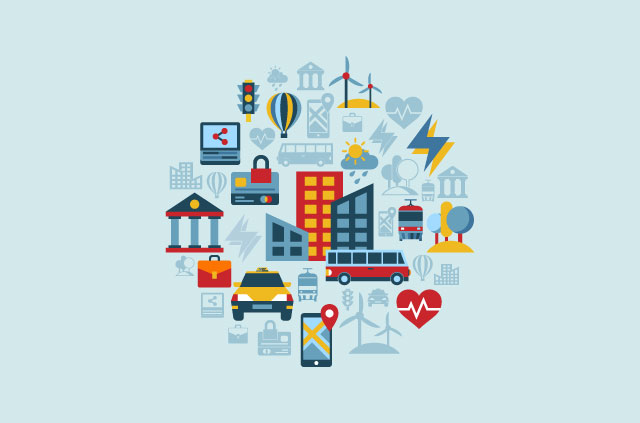
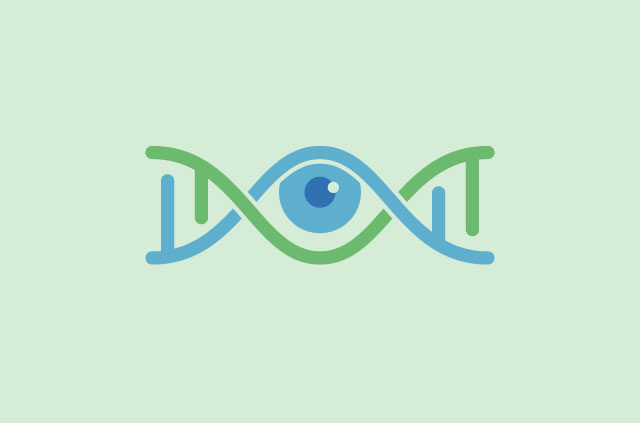
















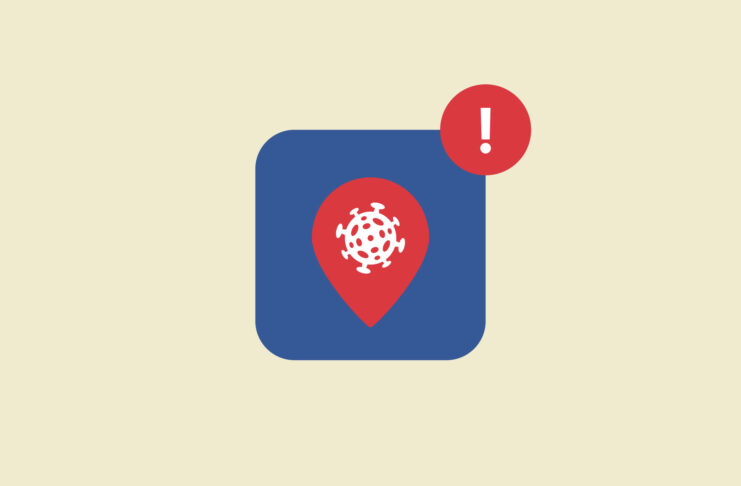
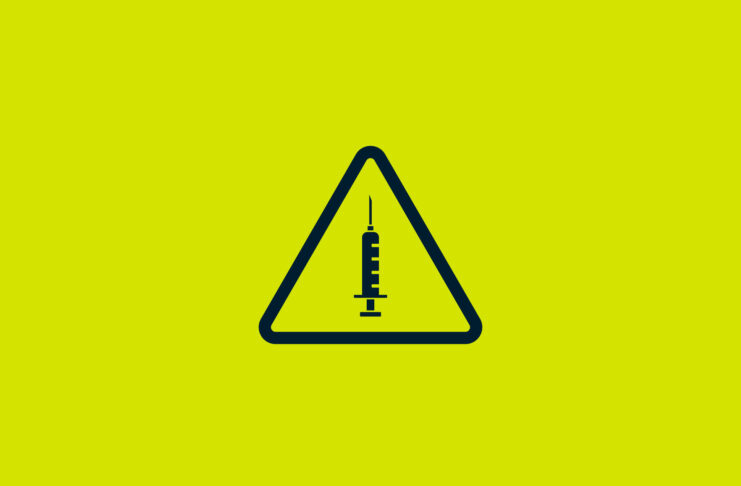
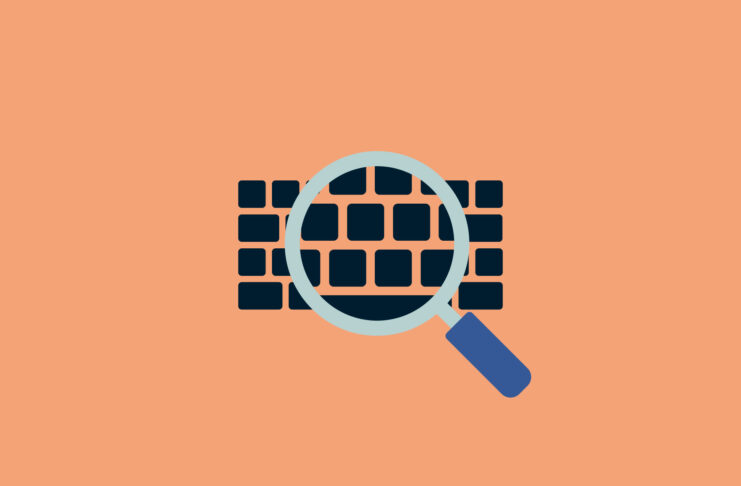




“According to Information Age, the initial impetus for smart city technology came from former U.S. President Bill Clinton through his philanthropic organization, the Clinton Foundation.”
YIKES. Hard Pass. Not only is there nothing philanthropic about the Clintons, in general the idea of living in “The Truman Show” or “Person of Interest” is not in any way appealing.